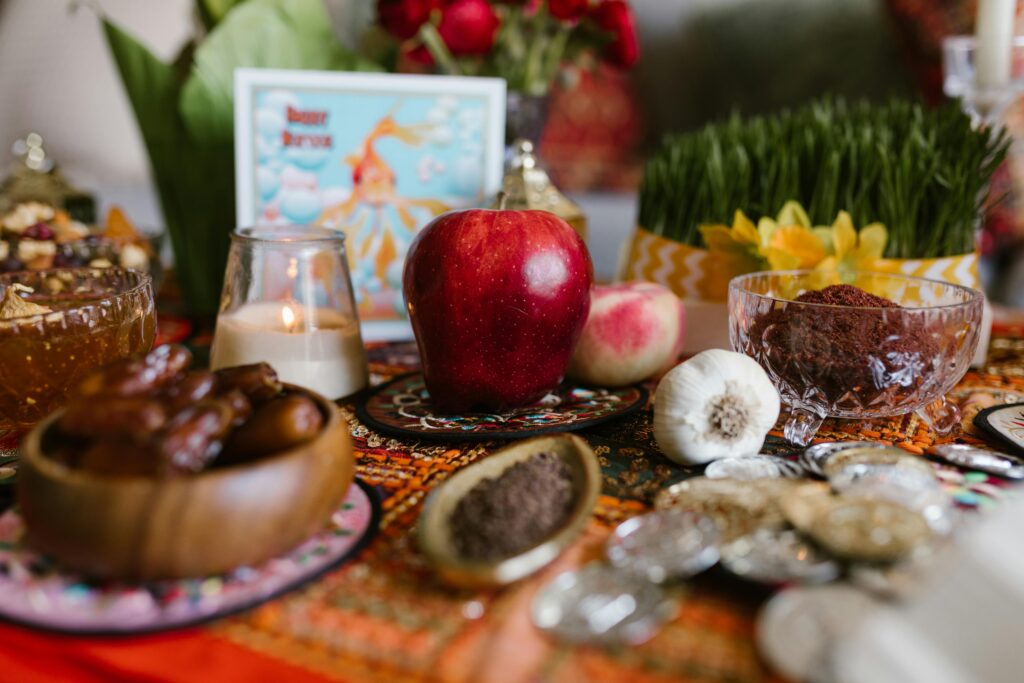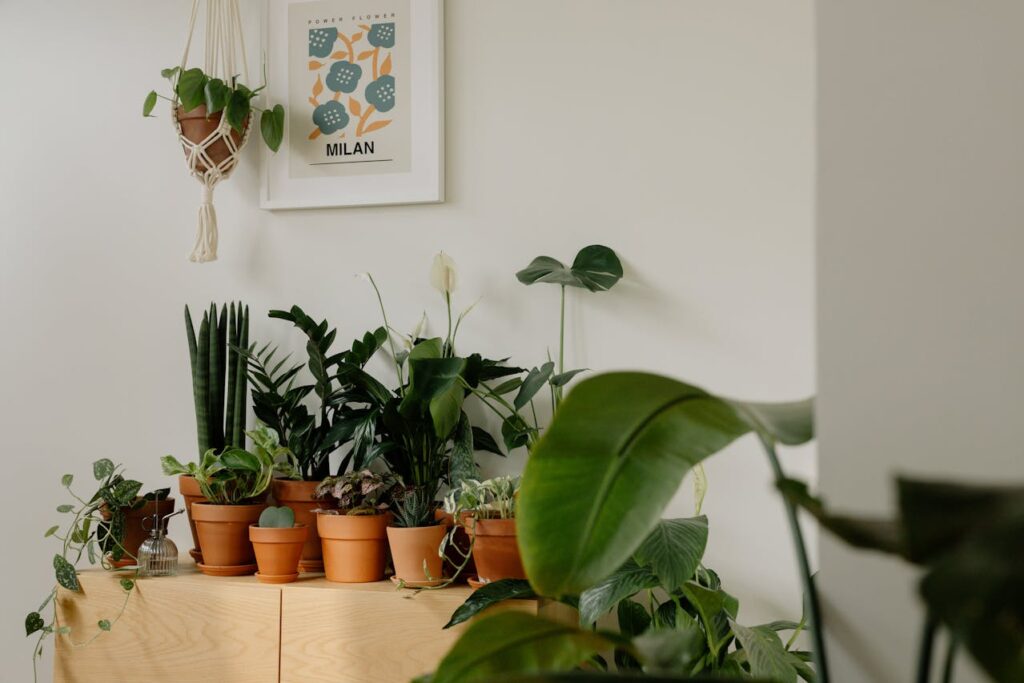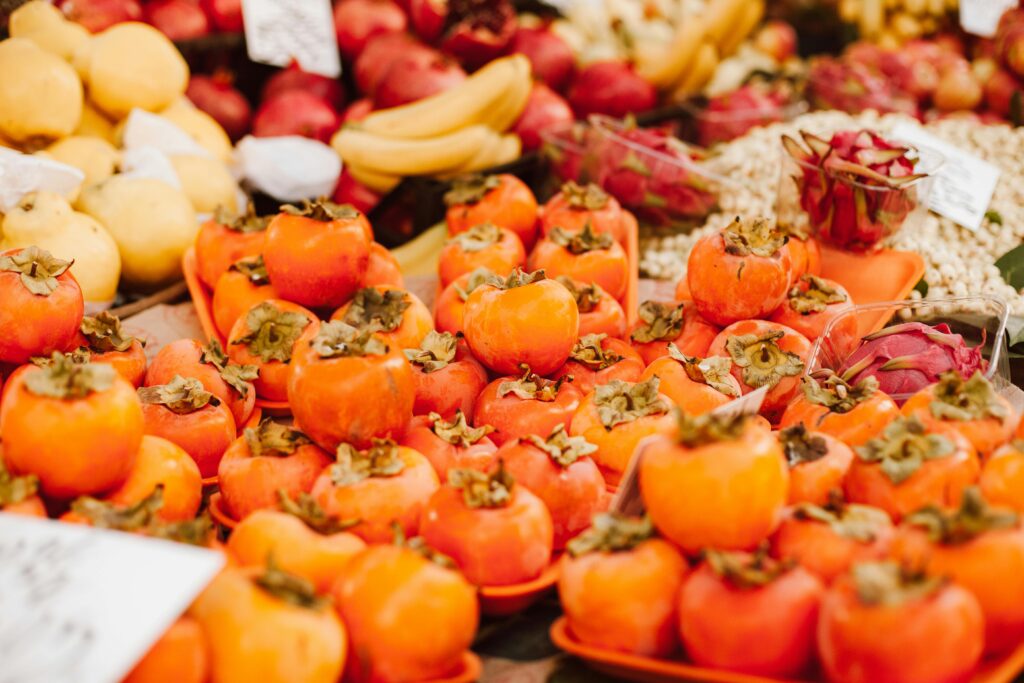Nowruz Gift Ideas: Celebrate Persian New Year

It begins with a deep spring clean, fragrant hyacinths blooming in the air, and a table carefully set with ancient symbols. As the sun crosses the equator, families gather, a moment of perfect balance — day and night, winter and spring. This is Nowruz — the Persian New Year.
Celebrated for over 3,000 years, Nowruz (pronounced no-rooz, meaning “new day”) is far more than a new year — it’s a vibrant festival of renewal, deeply embedded in Persian culture and observed across Iran, Afghanistan, Central Asia, the Kurdish regions, the Caucasus, and beyond.
Whether you’ve been invited to a Nowruz gathering or simply want to understand this beautiful cultural celebration, this guide walks you through its traditions — including what to expect and how to choose the perfect gift.
“This post may contain affiliate links. I may earn a small commission if you buy through these links at no extra cost to you.”
🌸 What Is Nowruz?
Nowruz marks the spring equinox — typically March 20 or 21 — and the first day of Farvardin, the first month in the Persian solar calendar. Rooted in Zoroastrian traditions, Nowruz is recognized by UNESCO as an Intangible Cultural Heritage of Humanity and symbolizes rebirth, balance, and harmony.
It’s celebrated by over 300 million people worldwide, not just in Iran, but also in:
🇦🇫 Afghanistan (as Nowruz)
🏴 Kurdistan (Kurdish New Year)
🇹🇯 🇺🇿 🇹🇲 Central Asia (e.g., Tajikistan, Uzbekistan, Turkmenistan)
🇦🇿 Parts of the Caucasus (e.g., Azerbaijan)
… Persian and Central Asian diaspora communities globally
🌿 How Nowruz Is Celebrated
The festivities begin well before the equinox and continue for nearly two weeks, with the grand finale — Sizdeh Bedar — falling on the 13th day of the new year.
1. 🧼 🧹Khaneh Tekani (Spring Cleaning)
In the weeks leading up to Nowruz, families across Iran and other parts of the Persian world engage in khaneh tekani, which literally means “shaking the house.” This isn’t just your average spring cleaning — it’s a deep, symbolic cleanse of both the physical space and the spirit. Homes are scrubbed from top to bottom, windows are polished, old or broken items are repaired or discarded, and fresh linens often replace the old.
The goal is to remove the dust of the past year, clear away stagnant energy, and create a clean, welcoming environment for the new year and for ancestral spirits who are believed to visit. It’s also a way of inviting health, abundance, and positive change into the home — a physical manifestation of the emotional and spiritual renewal Nowruz represents.
Families often use this time to redecorate with flowers like hyacinths or tulips, buy new clothes, and prepare their homes to receive guests, both earthly and symbolic.
2. 🔥 Chaharshanbe Suri (Festival of Fire)
On the eve of the last Wednesday before Nowruz, Iranians light up the night with Chaharshanbe Suri, a pre-New Year fire festival rooted in Zoroastrian tradition. As darkness falls, people gather in streets, parks, and courtyards to build small bonfires — and then, in a symbolic and spirited ritual, they jump over the flames.
While leaping, they chant:
“Zardi-ye man az to, sorkhi-ye to az man”
— “Take my paleness, give me your redness.”
This poetic exchange is more than just words — it’s a heartfelt wish for renewal, where individuals offer up the fatigue, sickness, and negativity of the old year to the fire in exchange for health, strength, and warmth in the new one.
Chaharshanbe Suri is also a lively social event filled with music, laughter, and community. In many regions, it includes fireworks, street food, and traditional snacks like ajeel (a mix of roasted nuts and dried fruit). Children might go door-to-door in disguise, banging spoons against bowls in a playful tradition similar to trick-or-treating.
At its core, this fiery festival is a powerful ritual of transformation — burning away the old to welcome in the light, energy, and hope of Nowruz.
3. 🪞 The Haft-Seen Table
One of the most cherished traditions of Nowruz is the beautifully arranged Haft-Seen table. This symbolic display includes seven items that each begin with the Persian letter “س” (seen) and represent themes like renewal, health, love, and prosperity. More than just decoration, the Haft-Seen is a reflection of deep cultural values and hopes for the year ahead. Whether you’re celebrating Nowruz or simply curious about Persian customs, the Haft-Seen table offers a meaningful glimpse into a 3,000-year-old tradition that continues to thrive in homes around the world.
At the heart of every Nowruz home is the Haft-Seen table, arranged with 7 symbolic items starting with “S” in Persian. These include:
| Item | Symbolism |
|---|---|
| Sabzeh | Sprouted greens (rebirth) |
| Samanu | Sweet wheat pudding (wealth) |
| Senjed | Dried oleaster (love) |
| Seer | Garlic (health) |
| Seeb | Apple (beauty) |
| Somāq | Sumac (sunrise, patience) |
| Serkeh | Vinegar (wisdom, aging) |
Also present: a mirror, painted eggs, goldfish, hyacinths, candles, and a book of poetry (Hafez) or a holy text (Qur’an or Avesta).
4. 👨👩👧👦 New Year Countdown
Families gather around the Haft-Seen, waiting for the exact moment of the equinox (Saal Tahvil), often announced on TV or radio. It’s a time for hugs, sweet treats, and exchanging good wishes like:
Nowruz Mobarak! – Happy New Year
Eid-e Shoma Mobarak – Wishing you a blessed celebration
5. 🎁 Visiting Elders & Relatives
In the spirit of connection and respect, the first few days of Nowruz are dedicated to visiting family, elders, friends, and neighbors. These visits — known as did-o-bazdid — are more than just social calls; they’re a cherished tradition that reinforces family bonds, gratitude, and intergenerational ties.
Younger family members typically begin by visiting their elders, offering heartfelt New Year greetings and sometimes bringing small gifts, sweets, or flowers. In return, it’s customary for elders to offer blessings, hospitality, and often Eidi — small tokens of luck such as money, gold coins, or symbolic gifts — to children and young adults. This exchange is filled with warmth, laughter, and sincere well-wishes for health and prosperity in the year ahead.
These gatherings are also a time to share food, reminisce, and reconnect, strengthening the emotional fabric of the community. Even if families live far apart, Nowruz often brings them back together — making it one of the most emotionally significant and joyful times of the year.
6. 🌳 Sizdeh Bedar (Nature Day)
Sizdeh Bedar, which means “getting rid of thirteen”, marks the final day of the Nowruz celebrations — and it’s all about embracing nature, renewal, and letting go. Celebrated on the 13th day of the Persian New Year, families pack up picnic baskets, gather loved ones, and head outdoors to parks, gardens, or the countryside to enjoy a day filled with laughter, food, music, and fresh air.
This joyful outing is more than a way to enjoy spring weather — it’s rooted in the ancient belief that the number 13 is unlucky, and spending the day in nature helps ward off bad luck and restore balance. Traditional foods, outdoor games, and socializing with friends and neighbors are all part of the experience, creating a festive, communal atmosphere.
A key ritual during Sizdeh Bedar is the casting away of the sabzeh — the sprouted greens from the Haft-Seen table. Families toss the sabzeh into running water, symbolically releasing the negativity, illness, and bad luck of the previous year. For those seeking love in the new year, it’s also customary for unmarried women to tie blades of the sabzeh together before throwing them in, a wish for romantic connection in the months ahead.
More than just the end of Nowruz, Sizdeh Bedar is a celebration of life, growth, and moving forward — a chance to reconnect with nature, one another, and the enduring spirit of renewal that defines this vibrant holiday.
🏠 What to Expect When Invited to a Nowruz Celebration
Being invited to a Nowruz gathering is an honor, and while it’s festive and warm, there are a few etiquette tips to keep in mind:
🕑 Be Punctual and Respectful
Most visits are organized during the first few days. If you’re invited for the equinox moment, arrive early to take part in the countdown.
👗 Dress Modestly, But Colorfully
Nowruz is about joy and renewal. Wear clean, fresh clothes, ideally in bright or pastel tones. Avoid mourning colors like black unless culturally appropriate.
🍽️ Enjoy the Feast
You’ll likely be treated to Persian classics like:
… Sabzi Polo ba Mahi (herbed rice with fish)
… Reshteh Polo (rice with noodles for destiny)
… Kuku Sabzi (herb frittata)
… Shirini (sweets) and Persian tea
Always express gratitude, even if the food is unfamiliar.
🎁 Etiquette for Nowruz Gifts
Gift-giving is a natural and appreciated part of Nowruz, especially when visiting someone’s home or elders. Here’s how to make a good impression:
✅ Ideal Nowruz Gifts:
… 🌸 Flowers – Especially hyacinths (sonbol) or tulips. Learn what different flowers mean around the world and choose blooms that carry the right message for Nowruz.
… 🍬 Pastries – Persian sweets like baklava, nan-e nokhodchi, or sohan
… 📚 Books or Poetry – Persian poetry collections like Hafez or Rumi
…. 🕯️ Decorative Items – Candles, tablecloths, or Persian-inspired art
…. 💵 Cash Gifts (Eidi) – Traditionally given in crisp bills to children
❌ What to Avoid:
… Alcohol (unless you’re sure it’s appropriate for the host)
…. Overly expensive or showy gifts (modesty is valued)
…. Gifts in black wrapping or somber tones
Wrap your gift attractively and accompany it with a cheerful greeting like Nowruz Mobarak!
✨ A Celebration of Renewal, Nature & Connection
Nowruz is more than just a New Year celebration — it’s a timeless tribute to life’s cycles of growth, renewal, and togetherness. Rooted in Zoroastrian and Persian traditions, it welcomes spring with a harmonious blend of fire and water, poetry and prayer, food and family. Every element of Nowruz — from cleansing the home to setting the Haft-Seen table — carries deep symbolism meant to usher in clarity, prosperity, and spiritual balance.
Whether you’re celebrating with loved ones, honoring ancestral roots, or discovering Nowruz for the first time, this holiday offers a powerful reminder: new beginnings are best when shared. It invites us to slow down, reconnect with nature and each other, and step into the new year with renewed purpose and open hearts.

